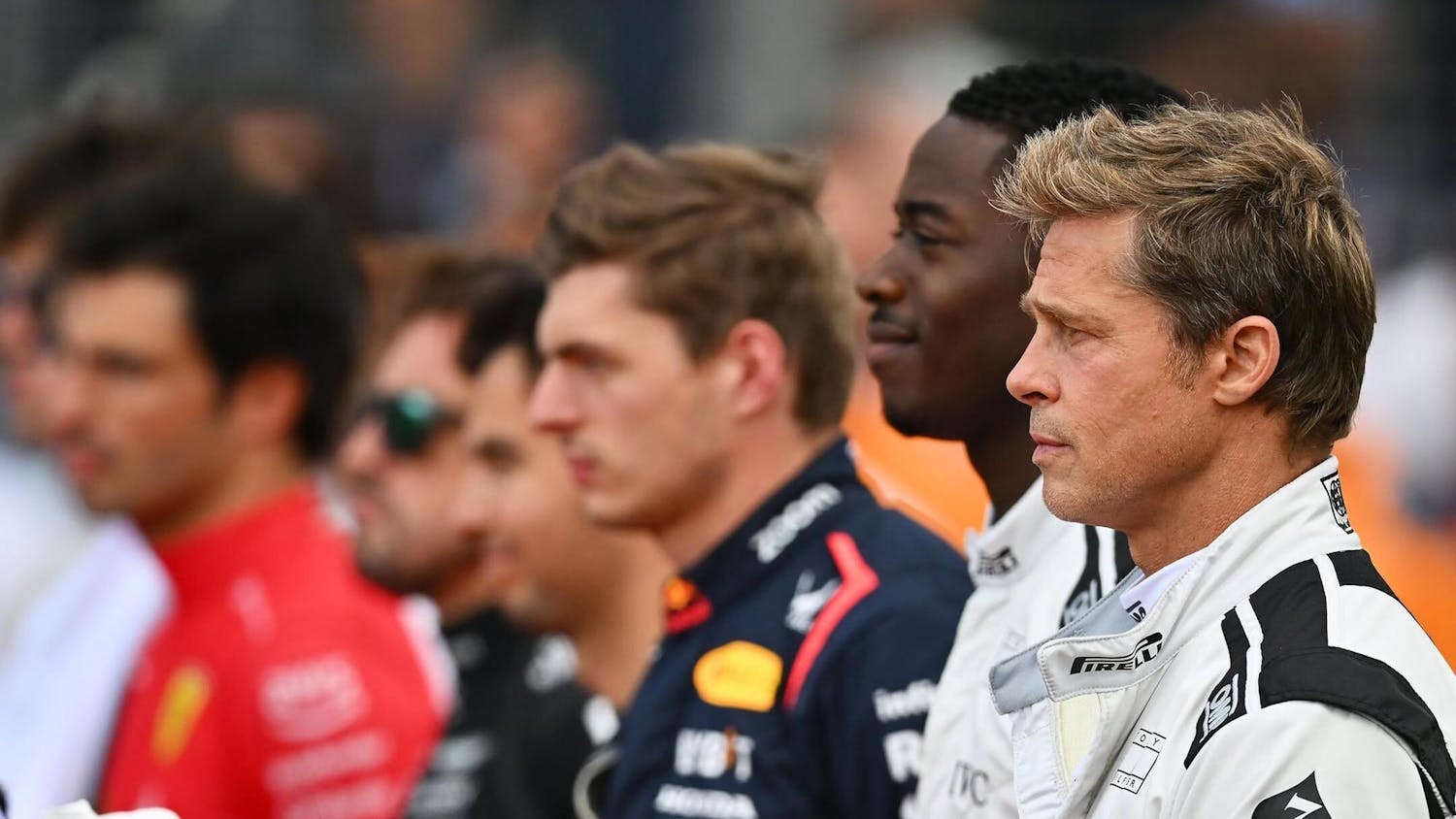On treacherous grounds in Iraq, Ashley Gilbertson jumped out of an American convoy to shoot his camera.
Although he braved the dangers of being a photojournalist during the war, he said he does not view himself as a hero like the American soldiers who fight on the battlefront.
Gilbertson said his continuing coverage of the Iraq War took a toll on relationships with his family and friends.
“Volunteering to go to Iraq as a photographer is probably one of the most selfish things you can do,” Gilbertson said.
He is a photographer for the New York Times, Time Magazine, Newsweek and others that showcased his exhibit, “Whiskey Tango Foxtrot,” which opened Tuesday at the SoFA Gallery.
The photos capture the years he spent in Iraq with the intent of humanizing the events of a war that doesn’t impact Americans on the home front, he said.
“This isn’t just a guy in a uniform that’s running around being told what to do by a general back at the base,” he said. “These are people. These are family.”
Gilbertson chose “Whiskey Tango Foxtrot” for the title because it was something he constantly heard military personnel say over the radio. Until he returned to the states, he didn’t know its meaning.
“I just thought it was military jargon,” he said. “I found out that it meant ‘what the fuck.’”
He said when the United States invaded Iraq in 2003, his perspective on the war was naive.
Even after witnessing deaths, he said he maintained his journalistic objectivity – until it became personal.
In 2004, an insurgent was killed in a mosque in Iraq. After arguing with the captain, he was allowed to cover it on the condition that he brought soldiers with him.
“We got to the mosque and they kicked in the doors again and they re-cleared the place,” Gilbertson said. “I realized that I had perhaps made a bad decision.”
He hurried over to the staircase, but the soldiers insisted they go up the stairs first. Gunshots fired and one soldier screamed for him to get out, Gilbertson said. Covered in gray matter and blood, he quickly discovered that one of the soldiers was dead.
“It’s always somebody else’s pain,” he said. “It only affects you so much. When he died, I became one of the guys in my pictures.”
That was when Gilbertson said he realized the idea of invading a foreign country isn’t justifiable.
Since his work in Iraq, he found interest in covering the aftermath of war – what happens to soldiers when they come home.
He said 300,000 service members coming back from Afghanistan and Iraq experience some, if not all, effects of Post-Traumatic Stress Disorder.
“You can’t understand war by looking at these pictures,” Gilbertson said. “Nobody can.”
He spent a few months of last year working on the case of Noah Pierce, a soldier who couldn’t cope with his experiences in Iraq. His case of the disorder went untreated.
“When he got back to Minnesota, he spent a year trying to get back, trying to come back to normal,” Gilbertson said. “But he couldn’t. He shot himself in the head.”
Many viewers said they thought Gilbertson accomplished an authentic portrayal of the Iraq War.
“Everyone gets confronted with imagery like this every day,” Katya Hooper, an IU photography major, said. “But hearing him speak really helps emphasize ... the humanity of it.”
Gilbertson also suffered from the disorder. He said he wouldn’t get on a plane and didn’t want to leave his apartment. When he did go out, he got in fights at bars.
He also said he believes the disorder is heavily stigmatized in the United States, and Americans need to be more involved in helping those who suffer from it.
Gilbertson closed with simple words.
“Let’s have a drink,” he said, earning one last laugh and a round of applause.
‘WTF’ exhibit shows pain before, after Iraq
Get stories like this in your inbox
Subscribe





